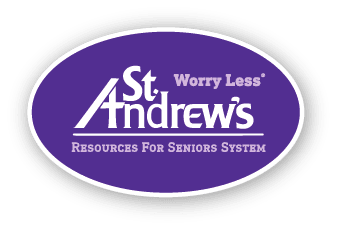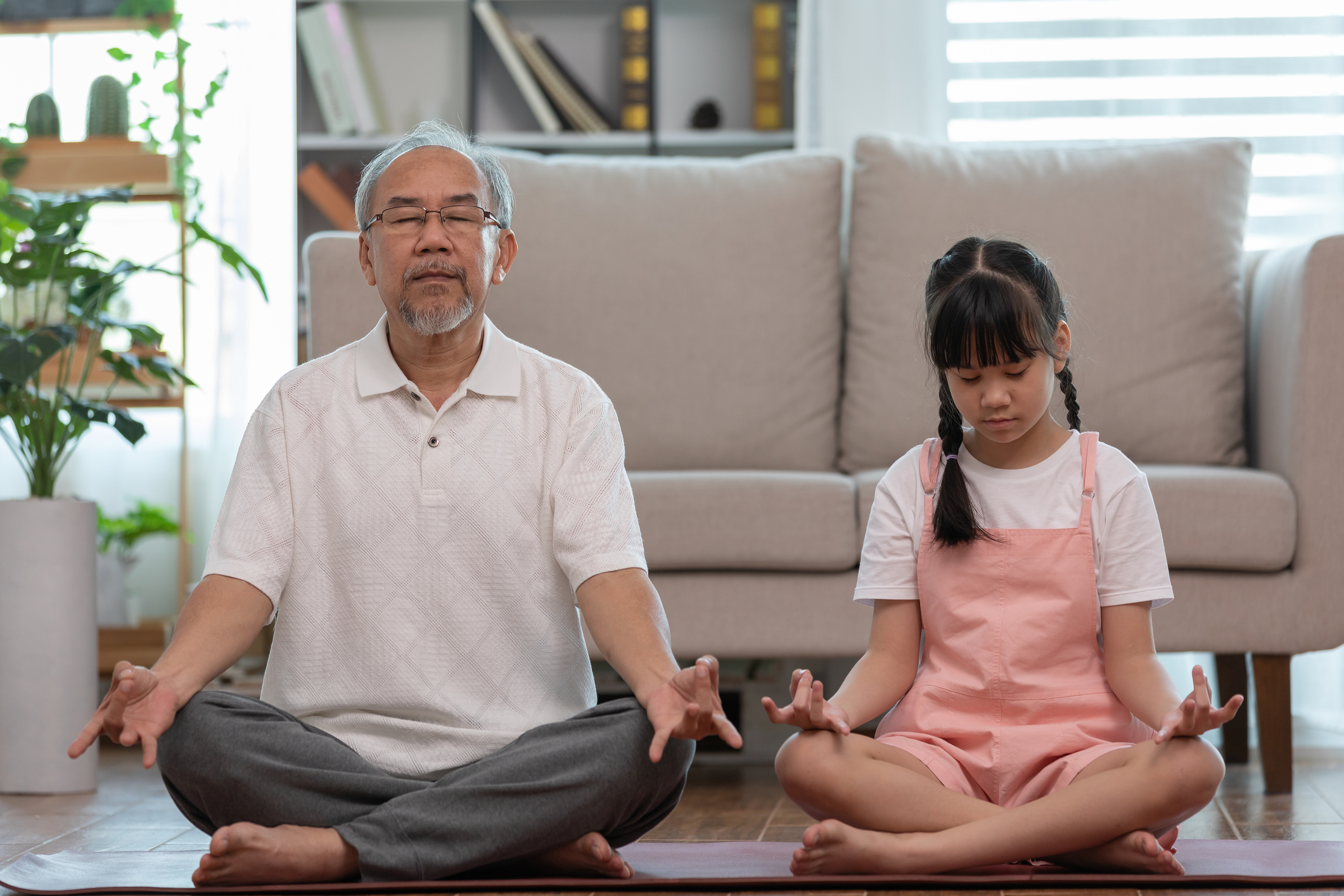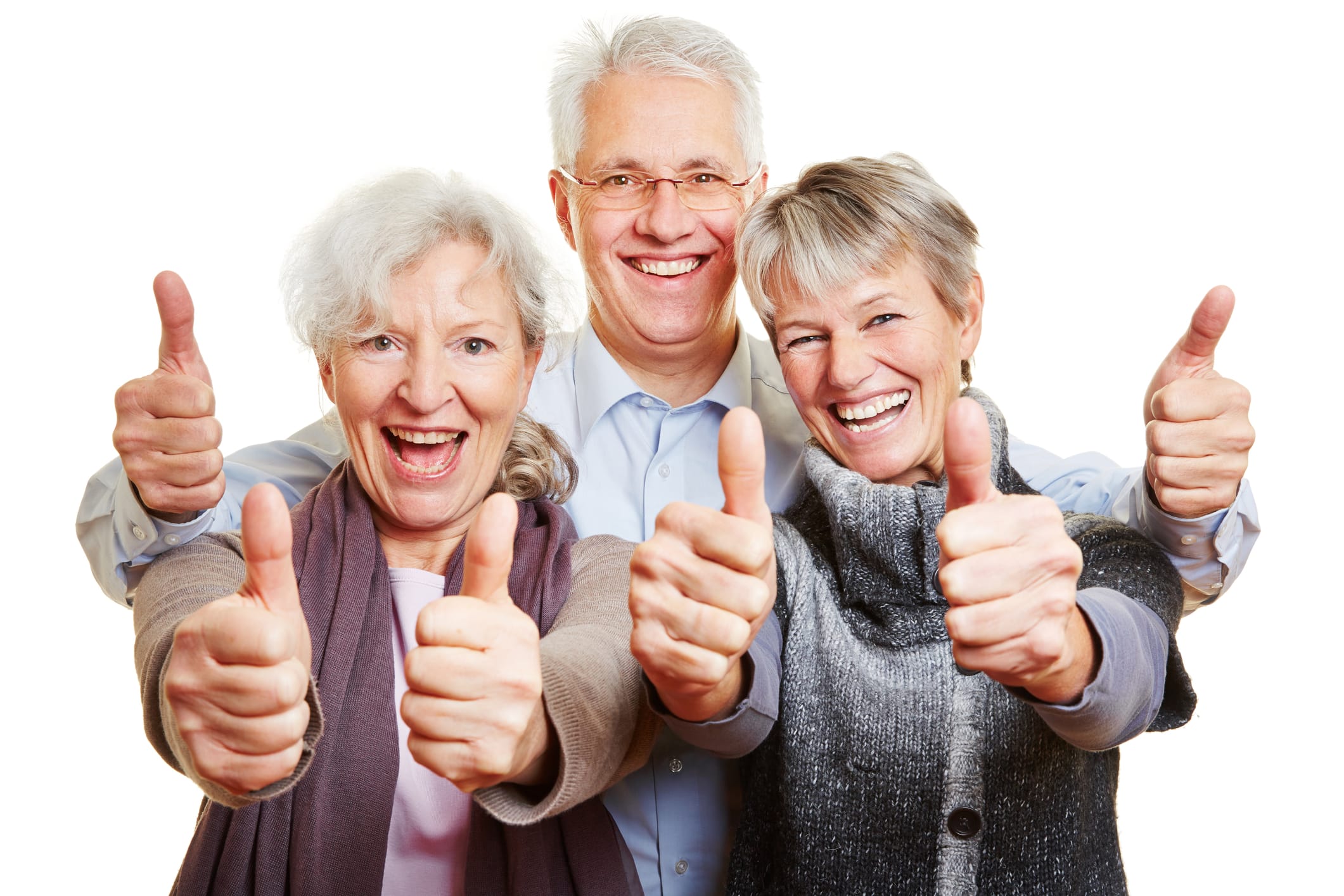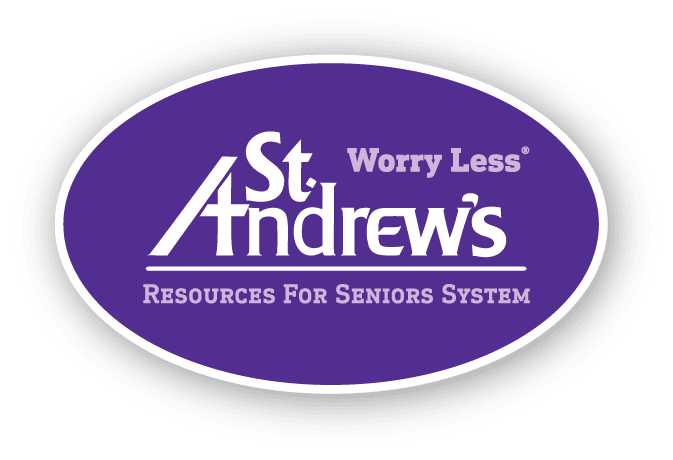Fall Prevention Guide for Older Adults
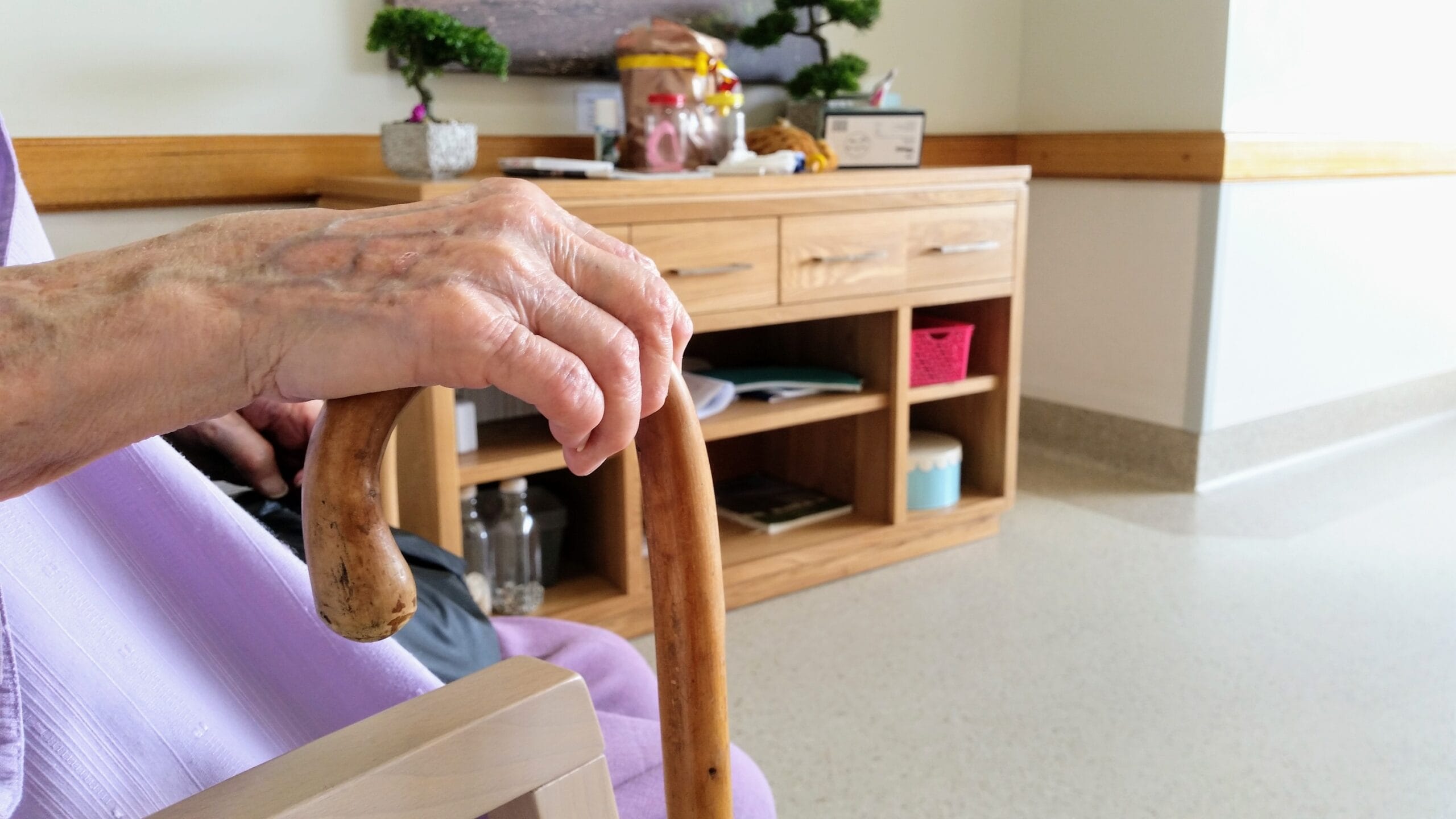
For millions of American seniors, their caregivers, and loved ones, fear of falling is real. According to the Centers for Disease Control and Prevention (CDC), roughly 36 million older adults (65+) fall every year. Of these falls, roughly 20% result in nonfatal injuries like hip fractures... and more than 32,000 are fatal. Given the risk of serious injury or worse, preventing falls is a major health concern for older people. Just know that while fall prevention for seniors is something to take seriously, it's important not to let fear take control; making just a few lifestyle and environmental changes can significantly reduce you or your older loved one's risk of falling.
What Increases the Risk of Falling in Older Adults?
Falls are a leading cause of hospitalizations among older adults in the United States, according to the CDC. One of the best ways to reduce falls among older people is to know just what puts this group of people at higher risk for serious injuries or worse from falls in the first place.
Risk factors that elevate the chances of falling (and increase the odds of more severe fall-related injuries) include:
- Poor home safety measures, including crowded or cluttered walkways that are more likely to cause seniors to trip.
- Older adults living alone without someone to alert medical services immediately in the event of a fall.
- Poor eyesight that makes it difficult to see potential fall-causing obstacles.
- Unmanaged osteoporosis or poor mobility that make walking or balancing difficult.
- Low blood pressure (hypotension) makes people dizzy if they stand up too quickly from a seated position.
Top 3 Ways to Prevent Falls in Older People
Fall prevention strategies that yourself and other family members can implement include the following.
1. Make Some Home Modifications
While you might not be able to completely fall-proof your loved one's home, simply making a few changes can help make the home safer. Easy home modifications include installing grab bars and handrails in strategic locations like the bathroom or along stairs and adding non-slip mats to traditionally slick areas, like the bathroom or kitchen. You can even go a step further by adding a shower chair and installing a hand-held showerhead in the bathroom to make it easy to take showers sitting down.
Other good ways to reduce falls in the home include:
- Adding lighting to walkways
- Removing clutter from pathways
- Keeping cords and plugs from electronics safely stowed away
2. Don't Neglect Physical Activity
Muscles can weaken over time, heightening the risk of falling. This risk is easy enough to combat with a simple exercise program that emphasizes both muscle strength (e.g., body weight exercises) and balance or stretching (e.g., tai chi). Even simply taking walks with a loved one can help build strength and coordination.
3. Manage Other Health Conditions
Staying on top of other health conditions can improve all areas of life, including reducing fall risk. Osteoporosis, for example, is especially common in older adults and can enhance their likelihood of not just falling, but experiencing serious injuries from falls. Managing the condition with vitamins and supplements, such as taking vitamin D and calcium, along with any prescription medications and activities prescribed by a doctor or physical therapist, can improve bone density, balance, and coordination—all of which can make someone more resistant to falling.
Fall Prevention Programs at St. Andrew's
All senior living communities in the St. Andrew's network place a special emphasis on healthy aging, wellness, and making our space safer for everyone who enters our communities—that includes taking proactive measures to reduce older adult falls within our walls. Our communities take appropriate measures to reduce this health hazard, including adding appropriate lighting and handrails among walkways, keeping all living areas free of distracting clutter, and working with each resident to develop a medication management plan that helps them manage any conditions they have that may put them at increased risk of falls, such as osteoporosis.
Give us a call or send us a message today. We would love to talk more with your family about how we can best accommodate you or your loved one's needs.
Disclaimers: This article is for informational purposes only. It cannot diagnose, treat, prevent, or cure any disease or condition. Always discuss any healthcare concerns with a licensed health care provider.
